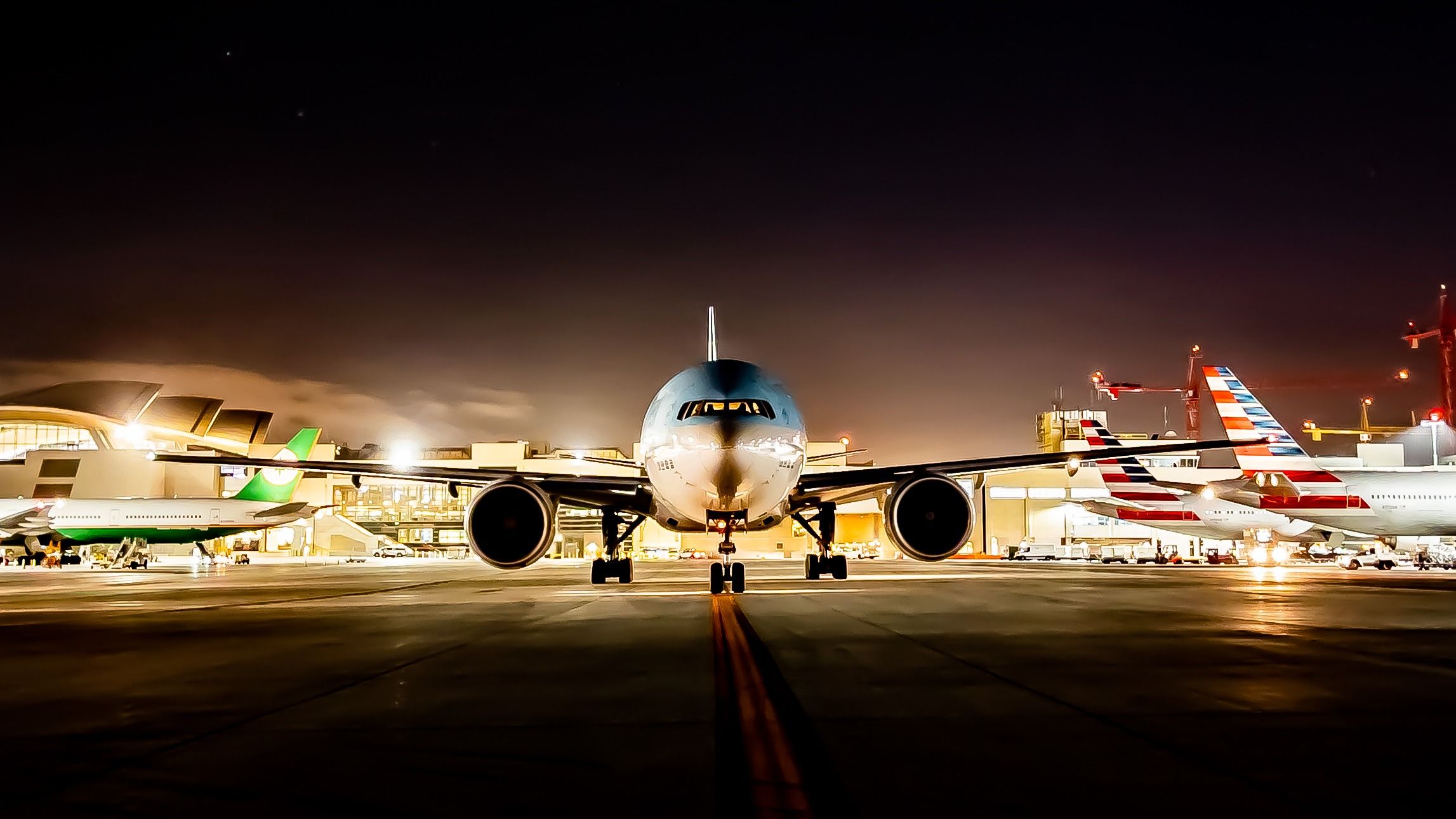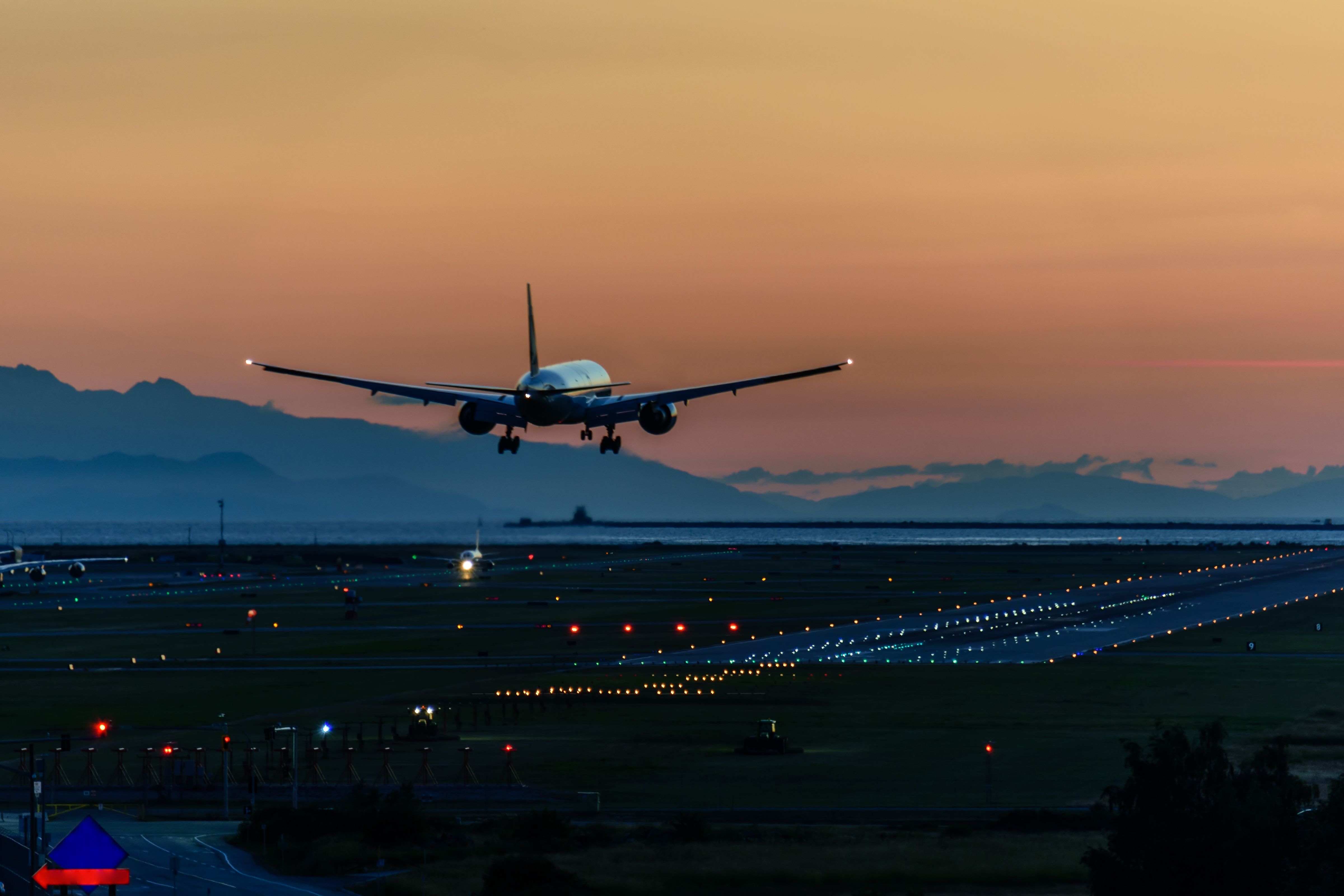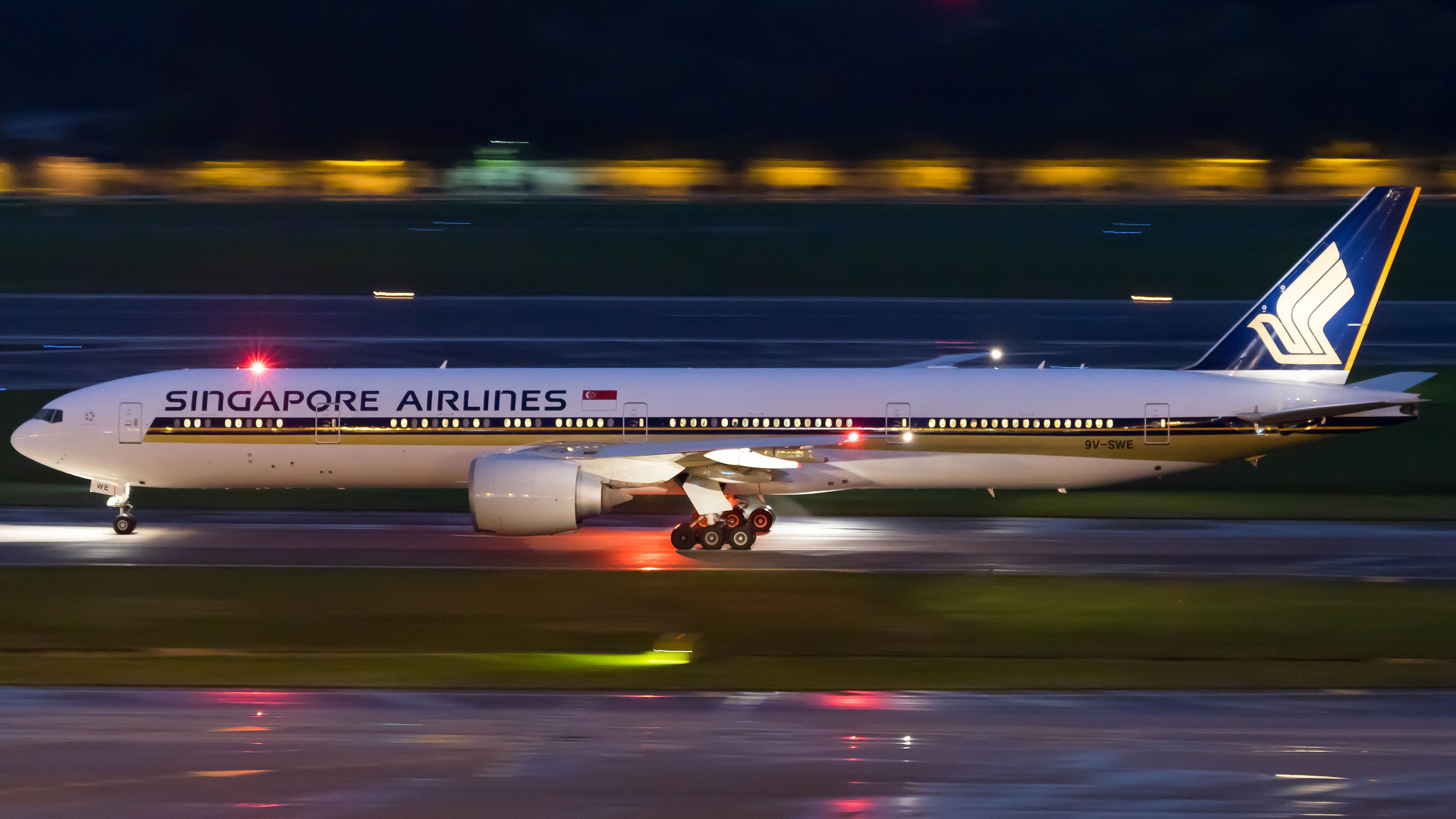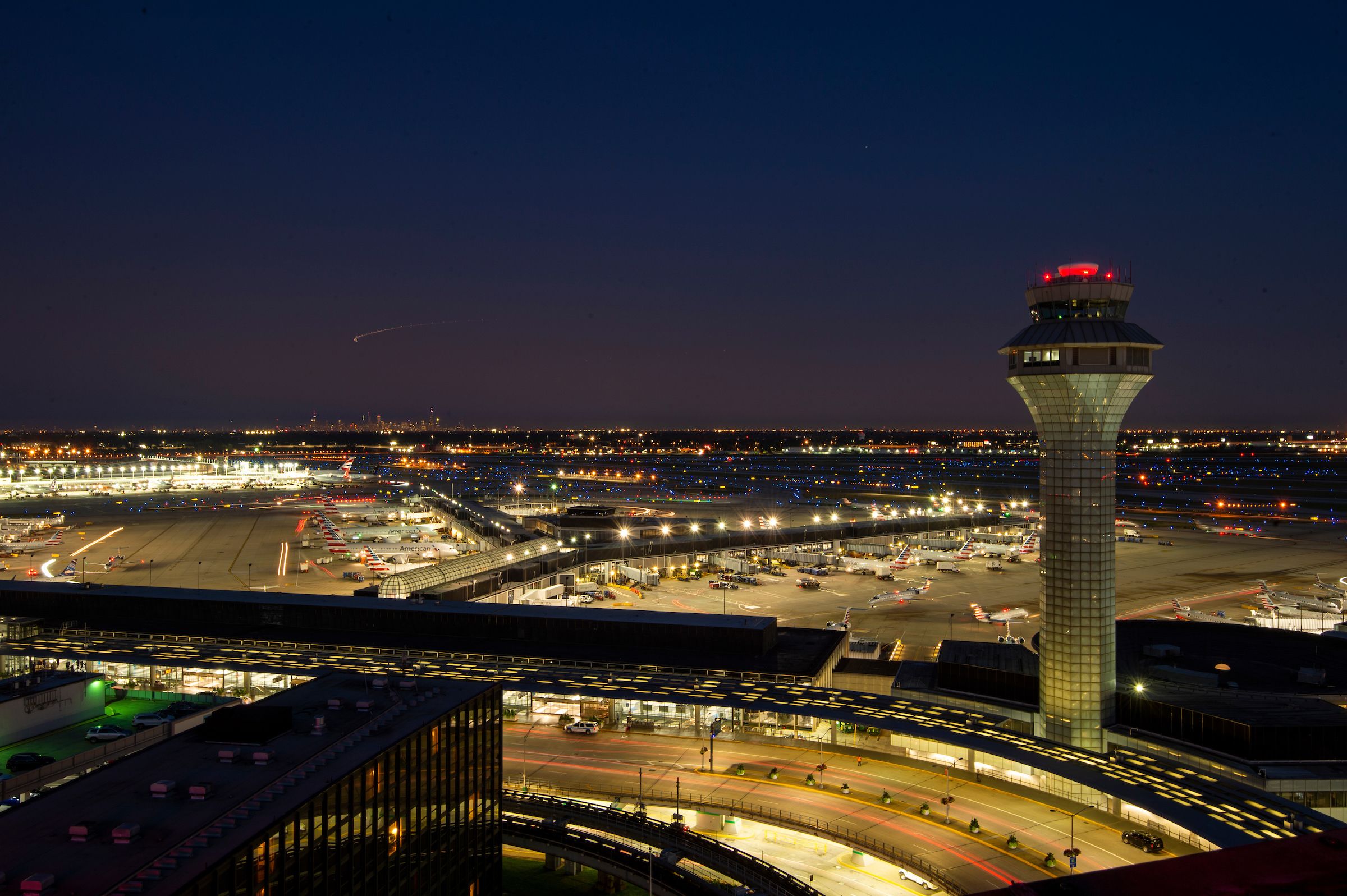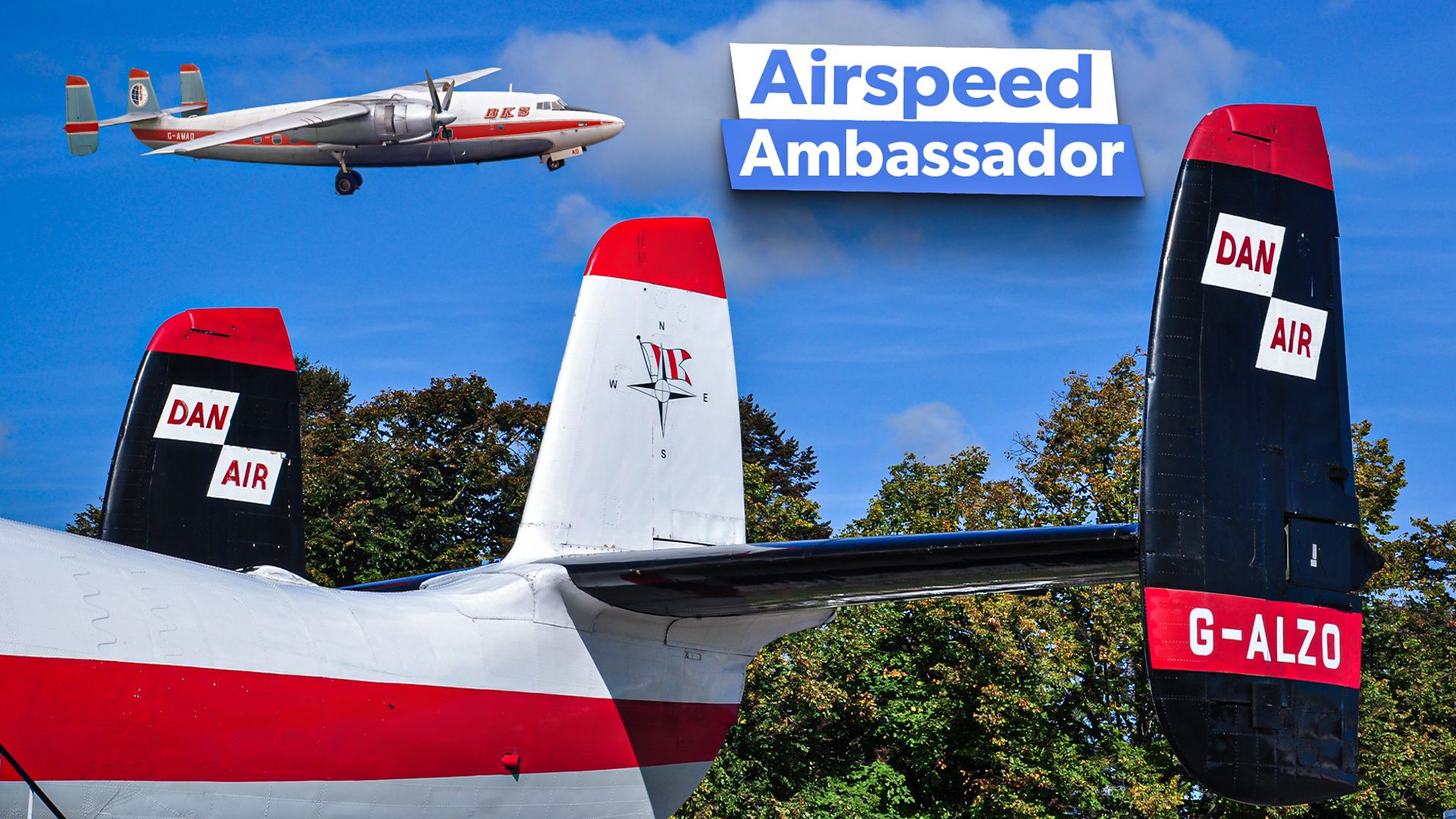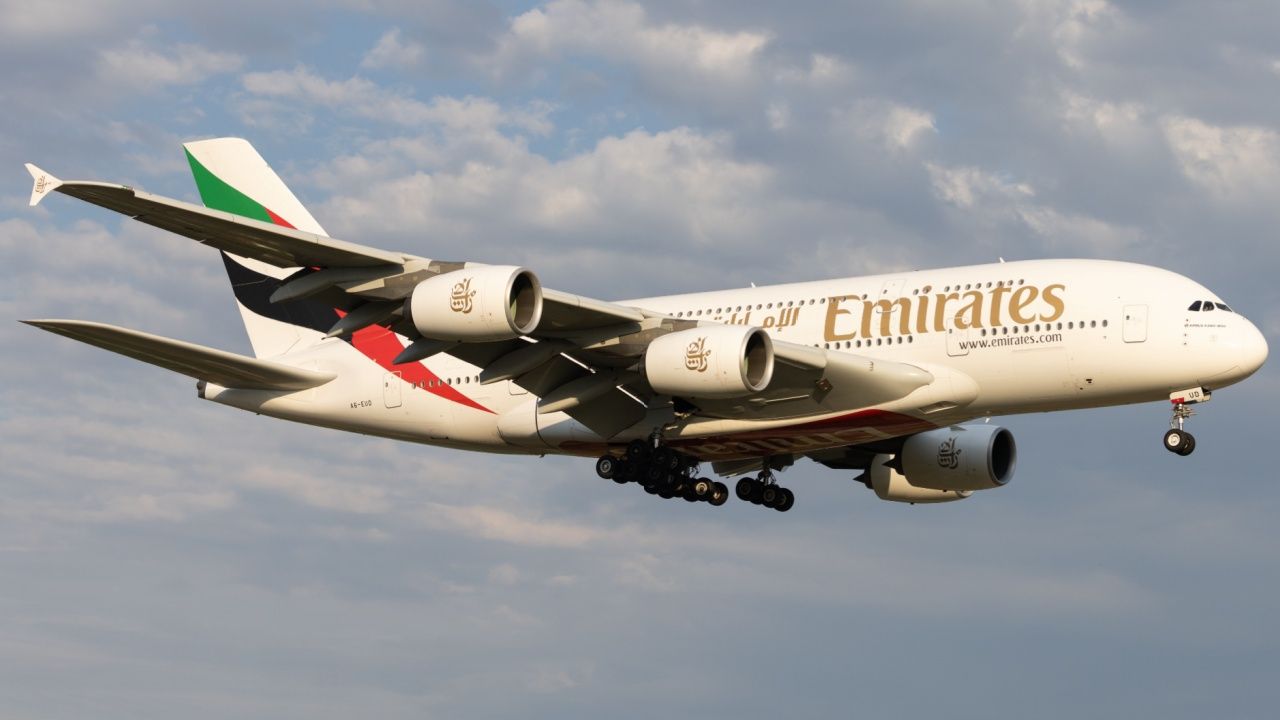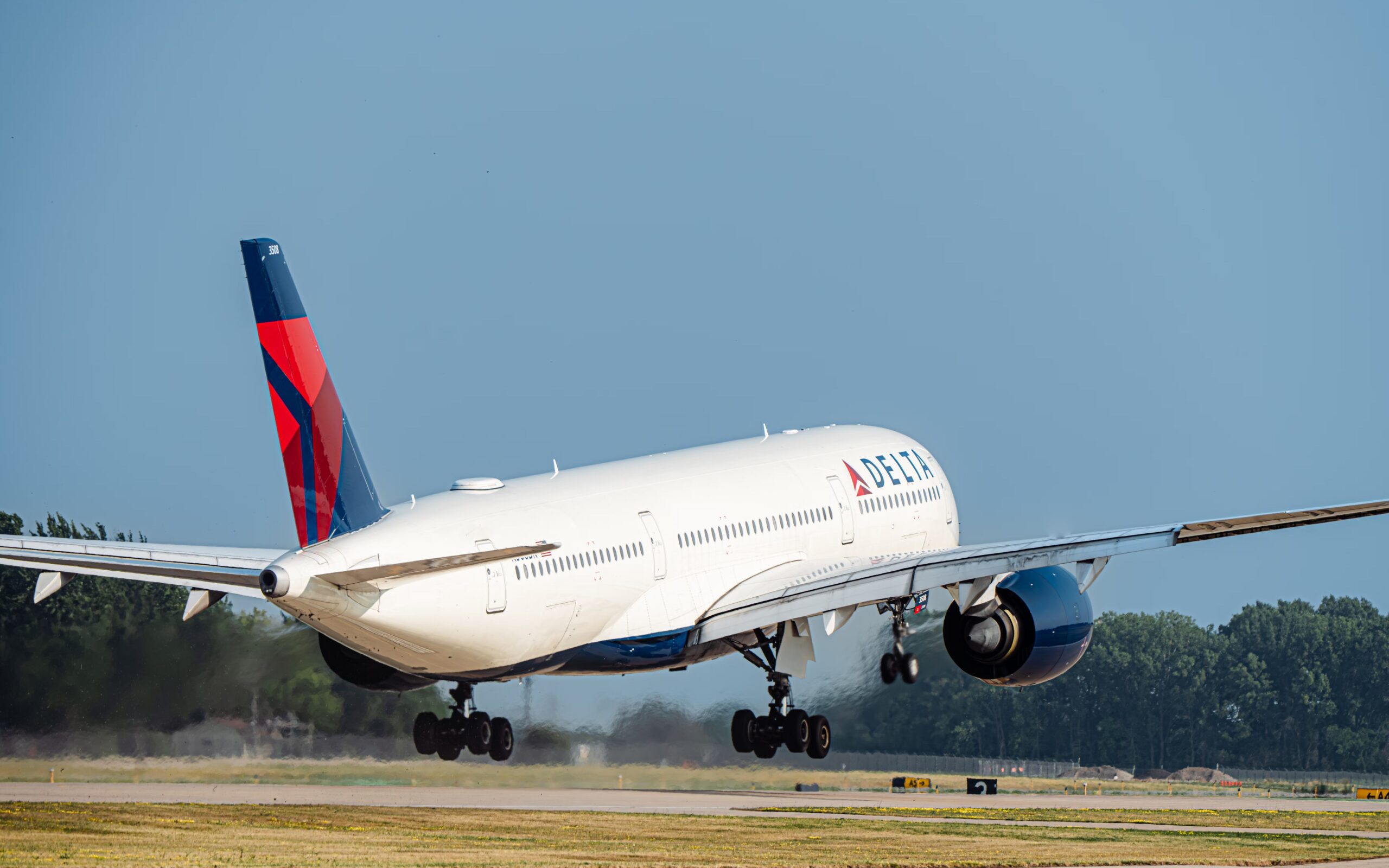Summary
- Spotting airports at night is particularly challenging since they blend with the surrounding dark landscape.
- Pilots must ensure they have the correct airport beacon to avoid landing at the wrong airport at night.
- Taxiing at night is more challenging, as airports lack overhead lighting and forward visibility is reduced.
The majority of pilots’ flight time is logged during daylight hours. Training is required during the daytime; many more passenger flights occur between sunrise and sunset. Aside from cargo pilots, who fly many more nighttime flights, roughly 60-75% of an airline pilot’s flight time occurs during the daytime. Flying at night, though easier in some ways, comes with challenges.
While it may not be too different during the cruise, navigating at and around airports can be challenging. This article will discuss two key points: finding the airport and taxiing.
Spotting the airport
- Having the correct flight heading
- Identifying the airport perimeter from high above
- More difficult to locate when in an urban center
- Spotting the correct runway for landing
Identifying an airport at nighttime is a skill that pilots develop during training and continue to hone throughout their careers. As unbelievable as it may seem to the non-flying population, spotting airports at night (even large airports) is significantly more difficult than finding airports during the day. While airports stand out during daylight hours, they disappear at night. This is especially true if not located in an urban center; airports are many square miles of dark concrete and level terrain that easily blend perfectly with a non-urban background at night.
Photo: Victor Birkus I Shutterstock
Runway lighting makes the landing area easy to see, but this is only true when pilots fly within 30 degrees of the runway’s extended centerline. Most of the lights at airports are not omnidirectional but are intended to display the surface when viewed straight on.
Spotting an airport at night usually starts with pilots looking for the airport’s rotating beacon, a white and green alternating light that is one of the few omnidirectional lights on the field. Once pilots know where the airport beacon is, they have the context to continue looking for the runway they have been designated to land on.
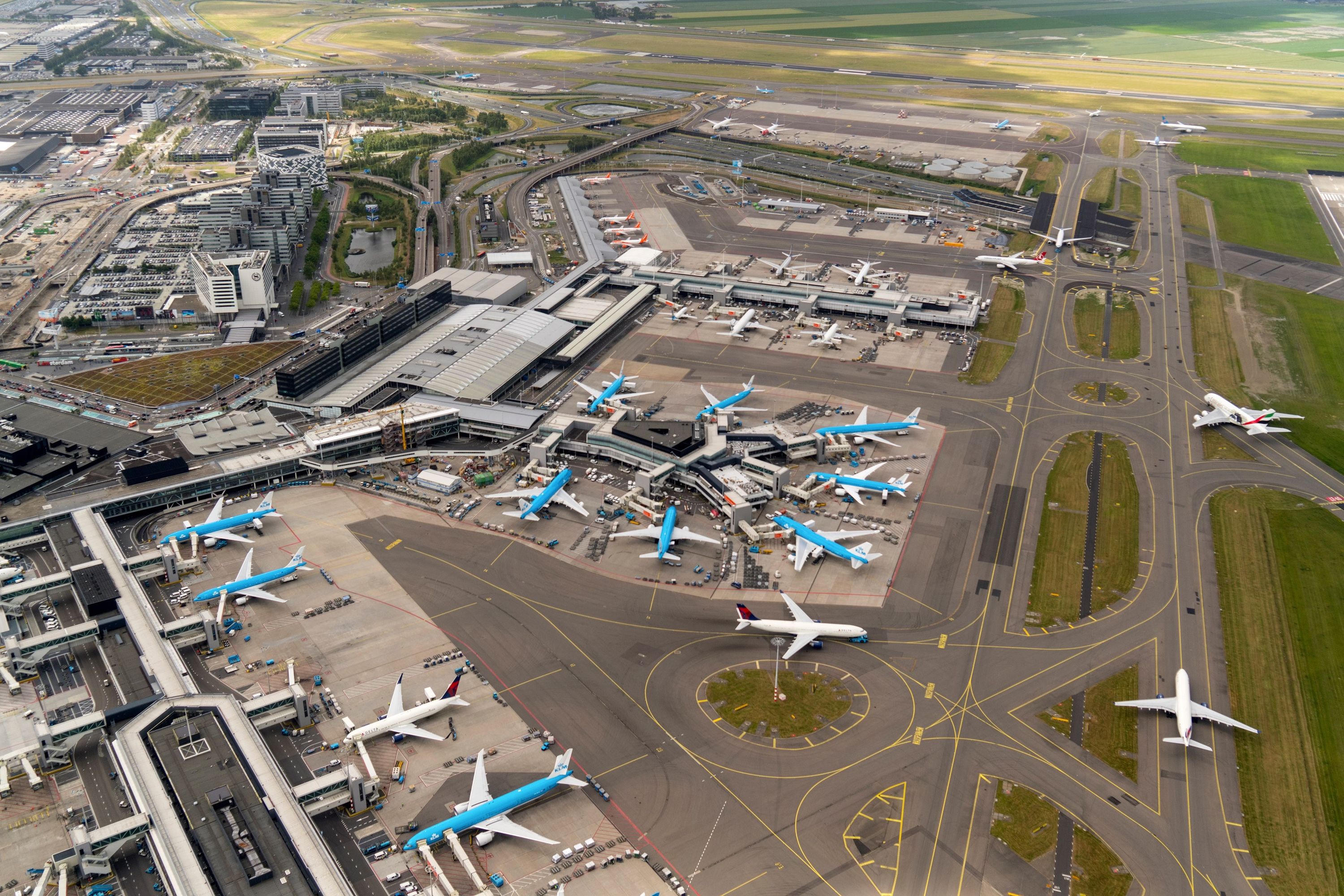
Related
Too Many Night Flights: What Is The Dutch Government Doing To Reduce Aircraft Noise?
The nation’s regulatory bodies have several proposals in the works.
Visual approaches at night
As obvious as it sounds, pilots need to make sure they have the correct airport beacon in sight at nighttime. There are countless examples of airline-serving airports near civilian airports with beacons that look identical from the air. Airline pilots have lined up (and sometimes landed at) the incorrect airport at night because of this, and the secondary airport’s runway orientation is very similar to what they expected.
Photo: christopheronglv | Shutterstock
In sincerity, visual approaches to smaller airports at night are some of the most demanding approaches pilots fly. This is why it’s crucial to back up every one of these visual approaches with an instrument approach to the same runway.
Taxiing
Taxiing planes at night, whether airliners or small aircraft, is again more difficult than during daylight hours. Even when pilots are intimately familiar with the airport they’re at, nighttime conditions provide an added challenge when operating on the ground. As mentioned, airports are enormous dark spaces at night.
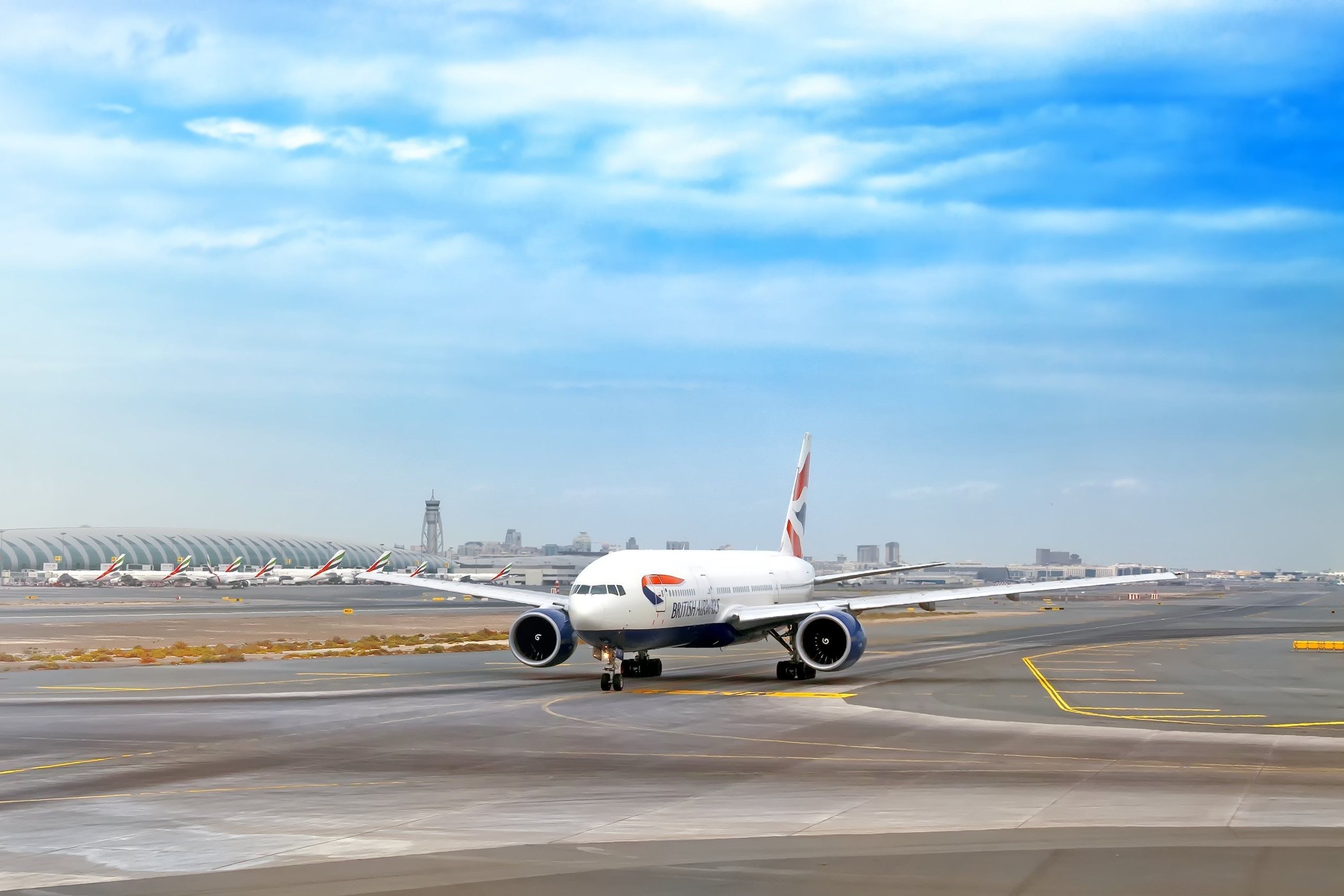
Related
How Do Pilots Navigate The Complex Taxiways Of Major Airports?
Pilots rely on advanced equipment and other cockpit resources for navigation.
Taxiway lighting and directional signs help guide the way, but seeing far ahead of the plane at night at a big airport is nearly impossible. Unlike city streets or highways lit every few meters, airports lack overhead lighting, which drivers are accustomed to during the night. Airports are very dark once away from the light of the terminal buildings and ramps.
Photo: O’Hare International Airport
Pilots tend to taxi slower at unfamiliar airports at night than in the daytime to give themselves time to identify and confirm the taxiways they have been cleared to operate on. Pilots can look ahead and see their taxi route easily during the day, but forward visibility at night is reduced exponentially.
Many pilots now have moving targets on taxi diagrams to depict where they are at the airport. This added situational awareness is beneficial at night and during low-visibility operations.
Flying visual approaches and taxiing at night come with a few added challenges. However, spotting other traffic at night, getting shortcuts from ATC, and finding a smooth ride are all easier at night. Like anything else, flying at night has tradeoffs compared to flying during the day. Once acquainted with the differences, many pilots prefer nighttime operations.
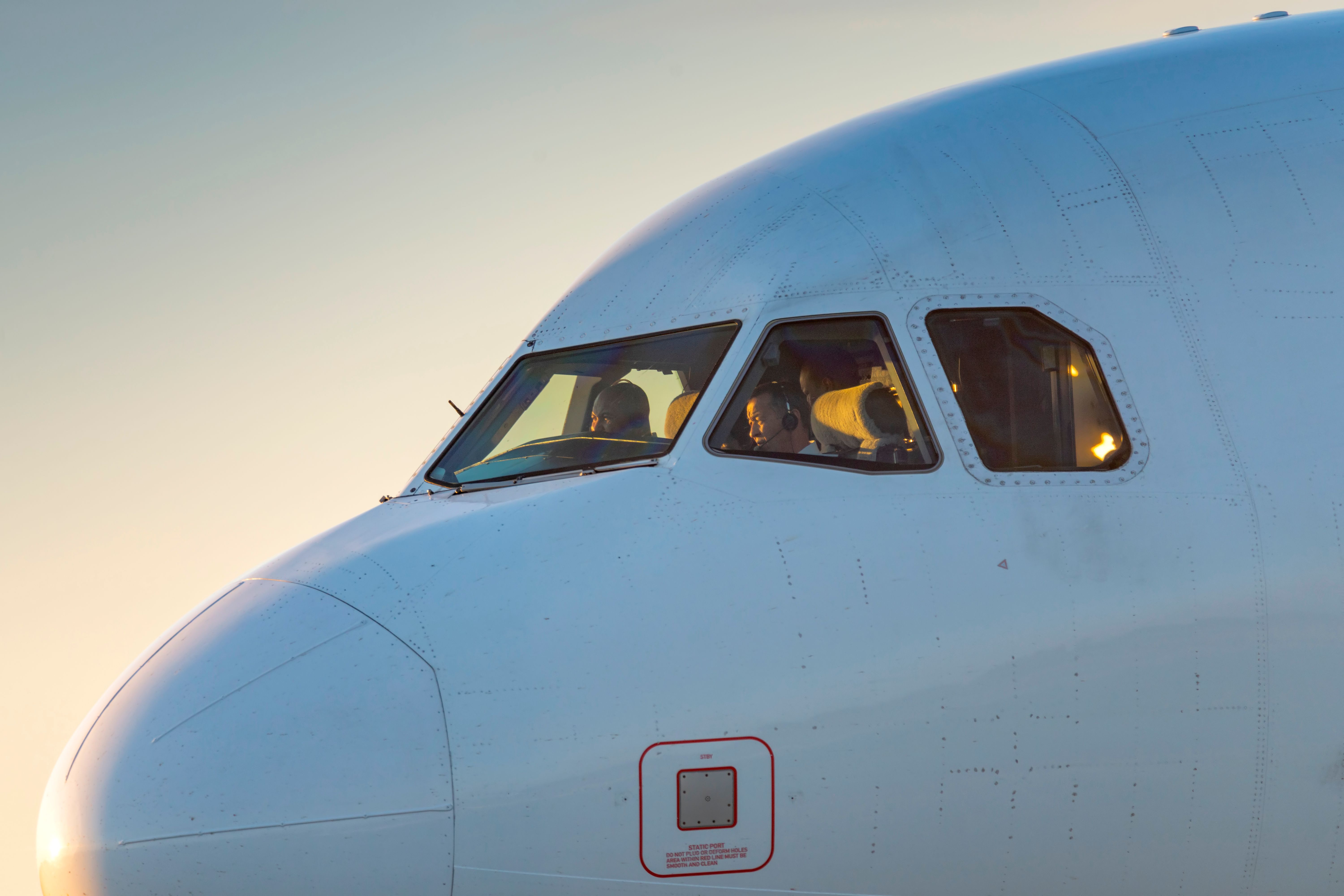
Related
How Much (Or Little) Can Pilots See From The Cockpit When Taxiing?
How much you can see depends on the plane you’re flying.

